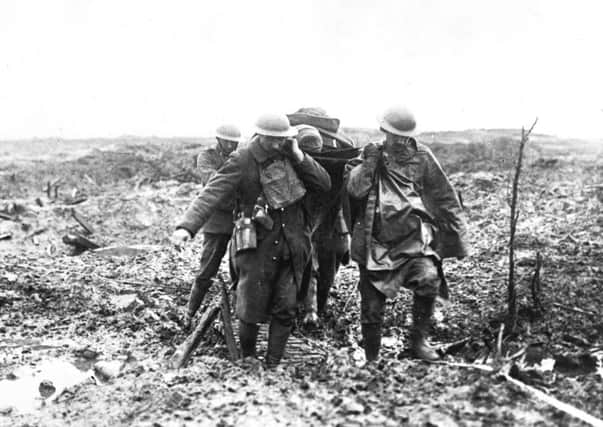YP Comment: Lest we forget - Passchendaele remembered


More than half a million troops – including 325,000 Allied soldiers – died in the battle, officially known as the Third Battle of Ypres, that lasted for more than three months in 1917.
Last night the Duke and Duchess of Cambridge joined the Prime Minister Theresa May at Menin Gate, in Ypres, to mark the centenary of the start of what was one of the bloodiest battles of the war. Here they heard the Last Post, which has been played at the gate by a bugler almost every evening since 1928, and the commemorations continue today with a special service held at Tyne Cot cemetery, where thousands of soldiers are buried.
Advertisement
Hide AdAdvertisement
Hide AdIt wasn’t only bullets and shrapnel that killed men on an industrial scale at Passchendaele – many drowned in the thick mud, caused by weeks of relentless rain – nor were soldiers the only victims. Among those killed were Nellie Spindler, a nurse from Wakefield, who died after shellfire hit the army hospital where she was working.
Perhaps the most famous participant in the battle was Tommy Patch. Conscripted at the age of 18, he survived the Passchendaele trenches and as the decades ticked by became known as the Last Fighting Tommy. Speaking shortly before his death in 2009 at the age of 111, Mr Patch summed up many people’s feelings about the war, saying: “All those lives lost for a war finished over a table. Now what is the sense in that?”